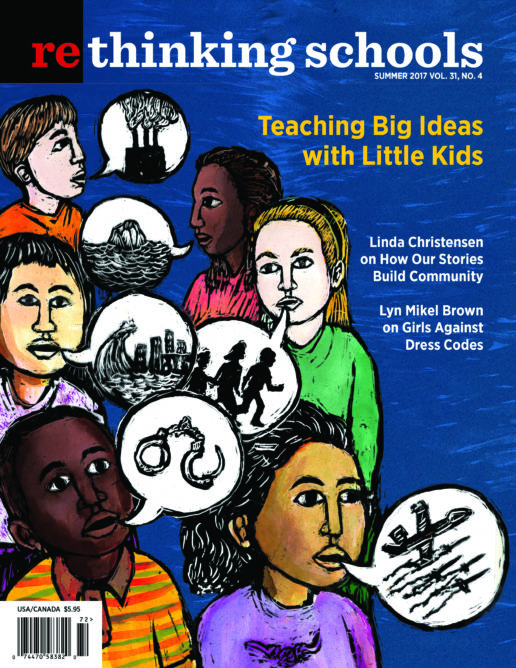Preview of Article:
From Many Sides Now
Teaching the Poetry of the Vietnam War
I have been teaching the Vietnam War for 16 years, my entire teaching career. The history of the conflict continues to be relevant both in its own right as a singular historical event and as a cautionary tale for students seeking to understand the dangers of our modern — and seemingly endless — foreign wars.
At the end of my unit on Vietnam with 11th graders, we have investigated the anti-colonial roots of the conflict, strategies of asymmetric warfare, and the Pentagon Papers. We have also explored the duplicity of the U.S. government during the war, the peace and protest movements against it, and the role of media coverage in shaping the public’s understanding of the conflict.
Students have written persuasively, about whether the United States should have assisted France in its effort to reconquer Vietnam at the close of WWII, and analytically, by comparing excerpts from the Pentagon Papers with President Lyndon B. Johnson’s “Why We Are in Vietnam” speech (highlighting discrepancies between Johnson’s public statements and the government’s private analysis of the war).
But after a sprawling unit like this, nothing crystalizes authentic understanding better, or more efficiently, than poetry — both the reading and writing of it. I use the book From Both Sides Now: The Poetry of the Vietnam War and Its Aftermath, edited by Phillip Mahony.
Though the title suggests an oversimplified analysis of the conflict (are there only two sides?), it comes from a Joni Mitchell song of the era that conveys precisely the opposite: Real life is more complicated and confounding than can be summed up by just looking at two sides. Mitchell sings:
I’ve looked at life from both sides now,
from win and lose, and still somehow it’s life’s illusions I recall. I really don’t know life at all.
Mahony writes that during the Vietnam era, “like the singer in the song, [many U.S. citizens] were tragically awakening to things they really didn’t want to know, things that would change forever their way of looking at their country, their leaders, and their place in the world.”

